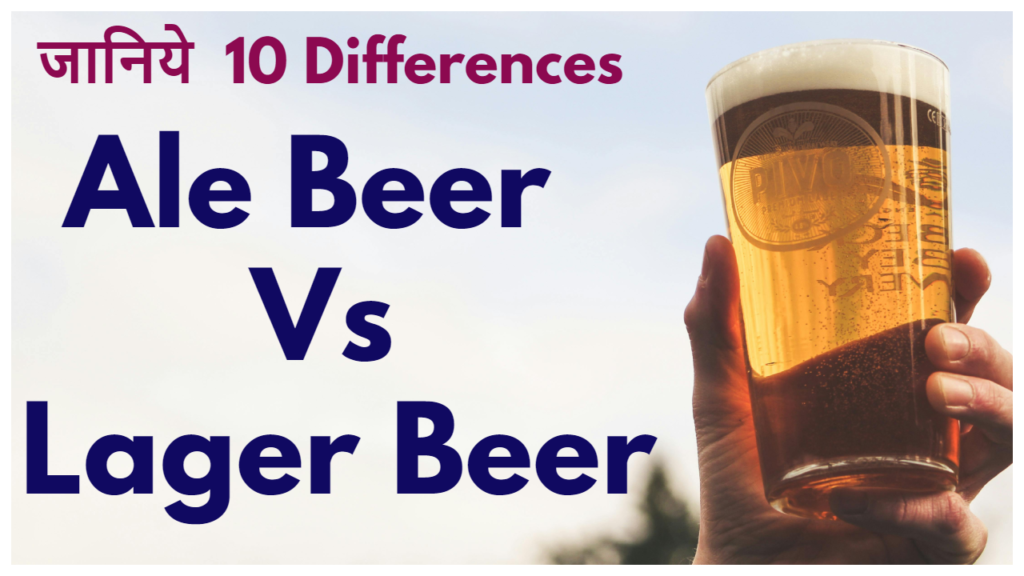
Ale and lager are the two main categories of beer, differentiated by their fermentation methods and yeast types. Ale is brewed with top-fermenting yeast at warmer temperatures, typically between 60-75°F (15-24°C). This process gives ale a more complex, robust flavor profile with fruity and spicy notes. Common styles of ale include pale ale, IPA, and stout. Lager, on the other hand, uses bottom-fermenting yeast and ferments at cooler temperatures, usually between 45-55°F (7-13°C). This results in a cleaner, crisper taste with a smoother finish. Popular lager styles include pilsner, bock, and helles. Understanding these key differences helps beer enthusiasts appreciate the unique qualities and wide variety of flavors each type of beer offers. Cheers!
Difference Between Ale Beer And Lager Beer
Yeast Type:
- Ale: Uses top-fermenting yeast (Saccharomyces cerevisiae).
- Lager: Uses bottom-fermenting yeast (Saccharomyces pastorianus). Saccharomyces carlsbergensis
Fermentation Temperature:
- Ale: Ferments at warmer temperatures (60-75°F or 15-24°C).
- Lager: Ferments at cooler temperatures (45-55°F or 7-13°C).
Fermentation Time:
- Ale: Ferments and matures quickly, usually within a few weeks.
- Lager: Ferments and matures slowly, often taking several weeks to months.
Flavor Profile:
- Ale: Typically more robust, complex, and fruity.
- Lager: Generally cleaner, crisper, and smoother.
Appearance:
- Ale: Often darker in color, ranging from golden to deep amber or black.
- Lager: Usually lighter in color, from pale straw to golden, though darker varieties exist.
Alcohol Content:
- Ale: Often has a higher alcohol content due to more fermentable sugars and warmer fermentation.
- Lager: Typically has a lower alcohol content, though some styles can be strong.
Aging Process:
- Ale: Requires less aging time, with some styles consumed fresh.
- Lager: Benefits from extended aging (lagering) to develop a refined flavor.
Popular Styles:
- Ale: Pale Ale, India Pale Ale (IPA), Stout, Porter, Belgian Ale.
- Lager: Pilsner, Helles, Märzen, Bock, American Lager.
Carbonation:
- Ale: Generally has moderate carbonation.
- Lager: Often highly carbonated, enhancing its refreshing quality.
Mouthfeel:
- Ale: Generally fuller-bodied with a richer texture.
- Lager: Lighter and more refreshing, often with higher carbonation.
Historical Context:
- Ale: One of the oldest types of beer, with ancient roots.
- Lager: Developed more recently, becoming popular in the 19th century.
Cultural Associations:
- Ale: Strong tradition in the UK, Belgium, and craft brewing.
- Lager: Dominates the global beer market with widespread commercial appeal.
Serving Temperature:
- Ale: Typically served at slightly warmer temperatures to highlight complex flavors.
- Lager: Best served cold to emphasize its crisp, refreshing nature.